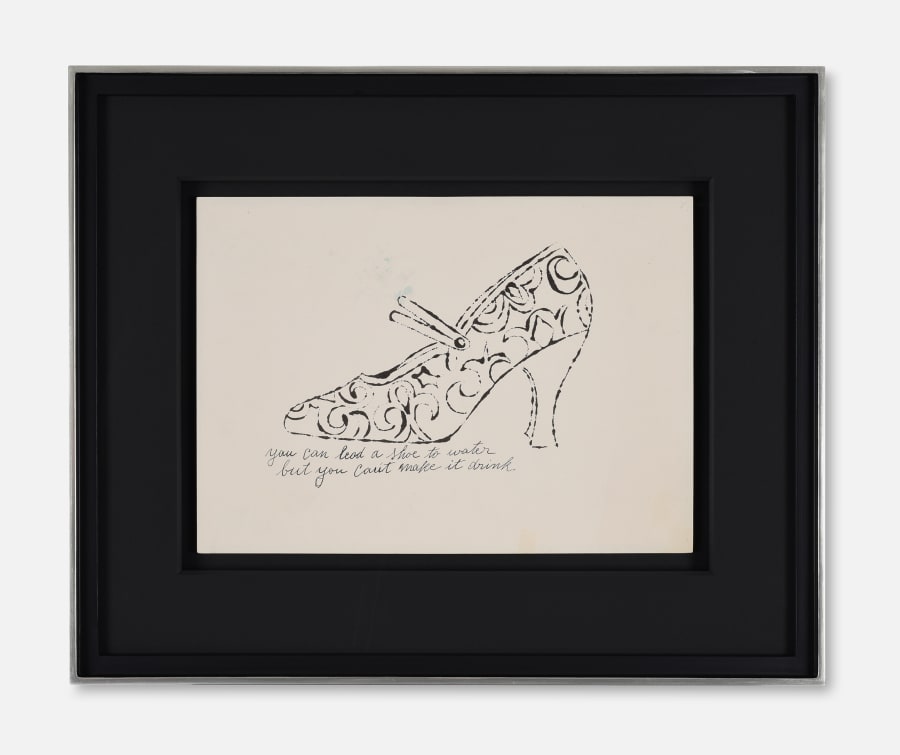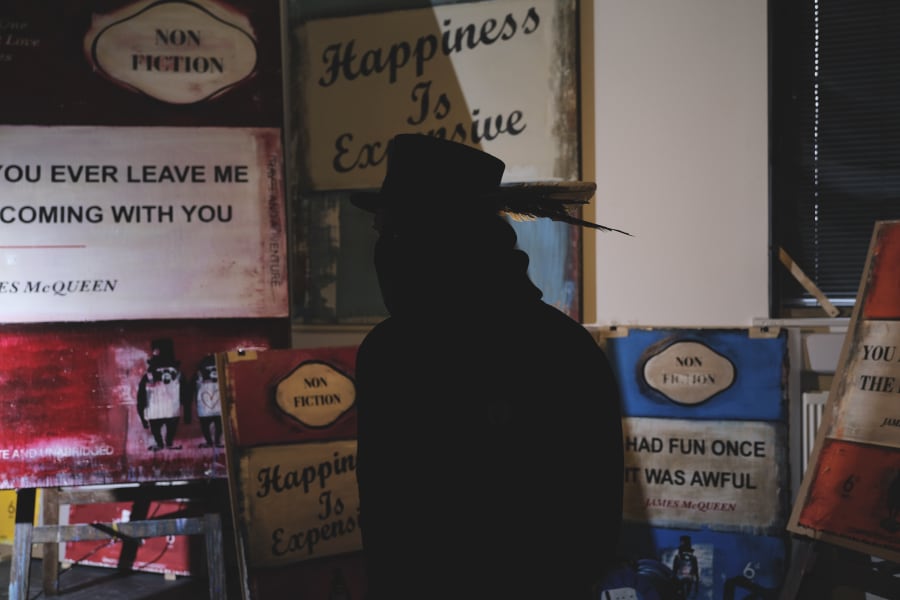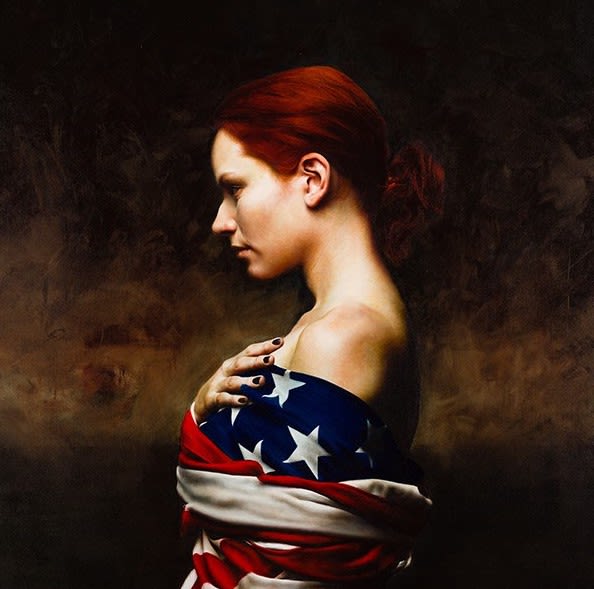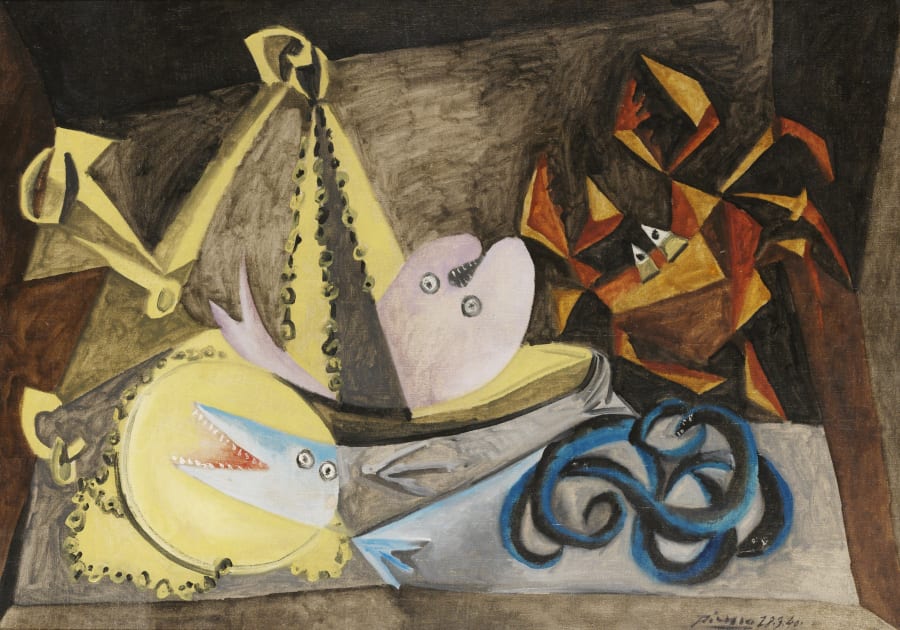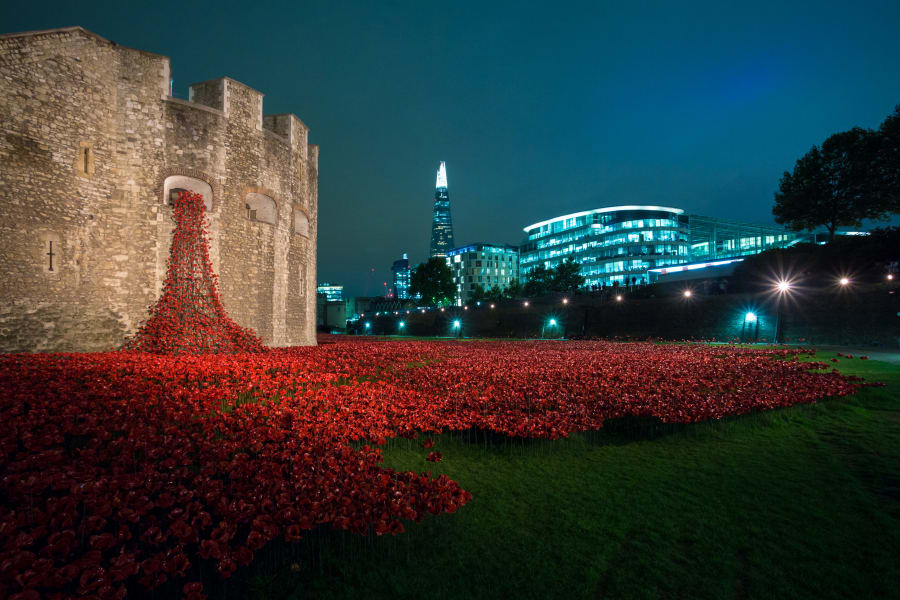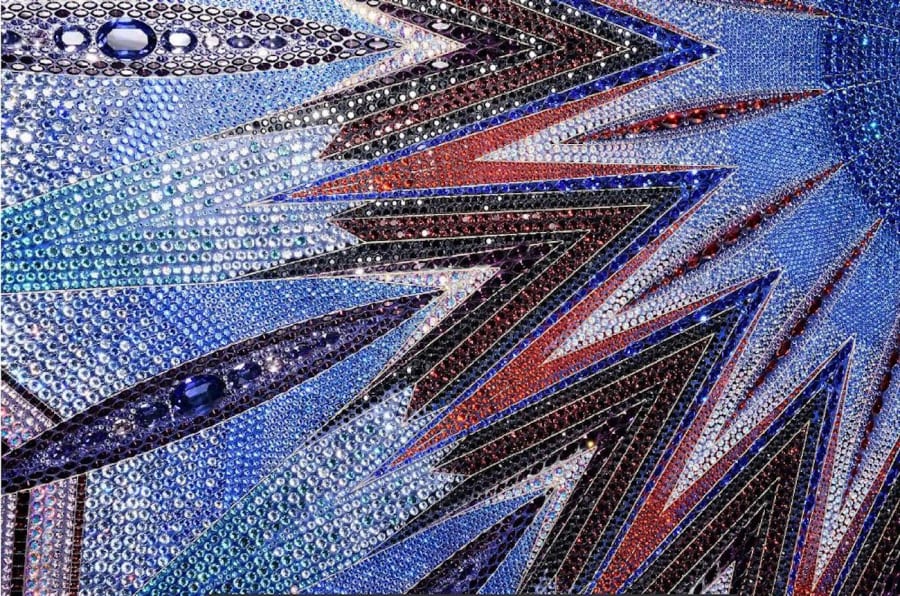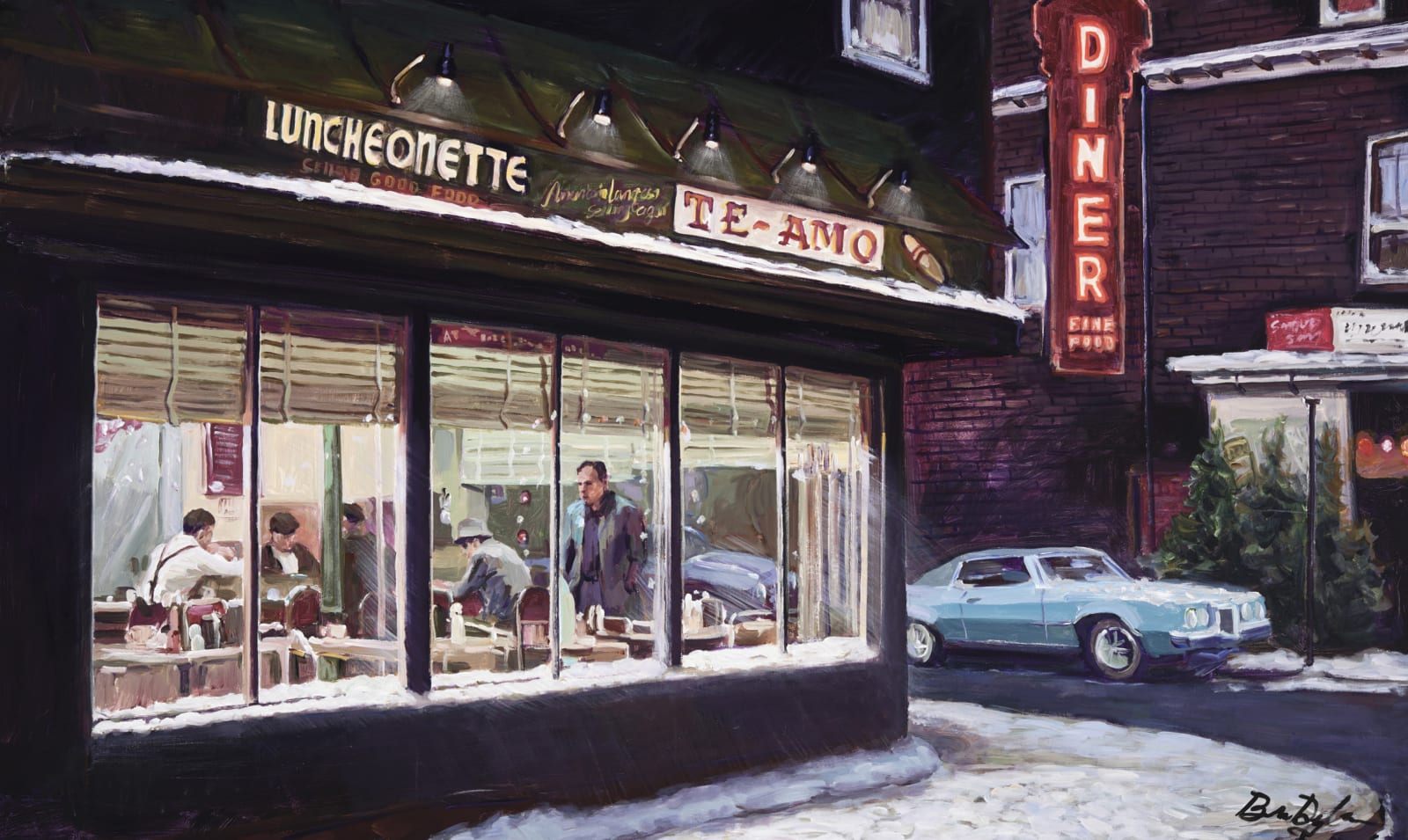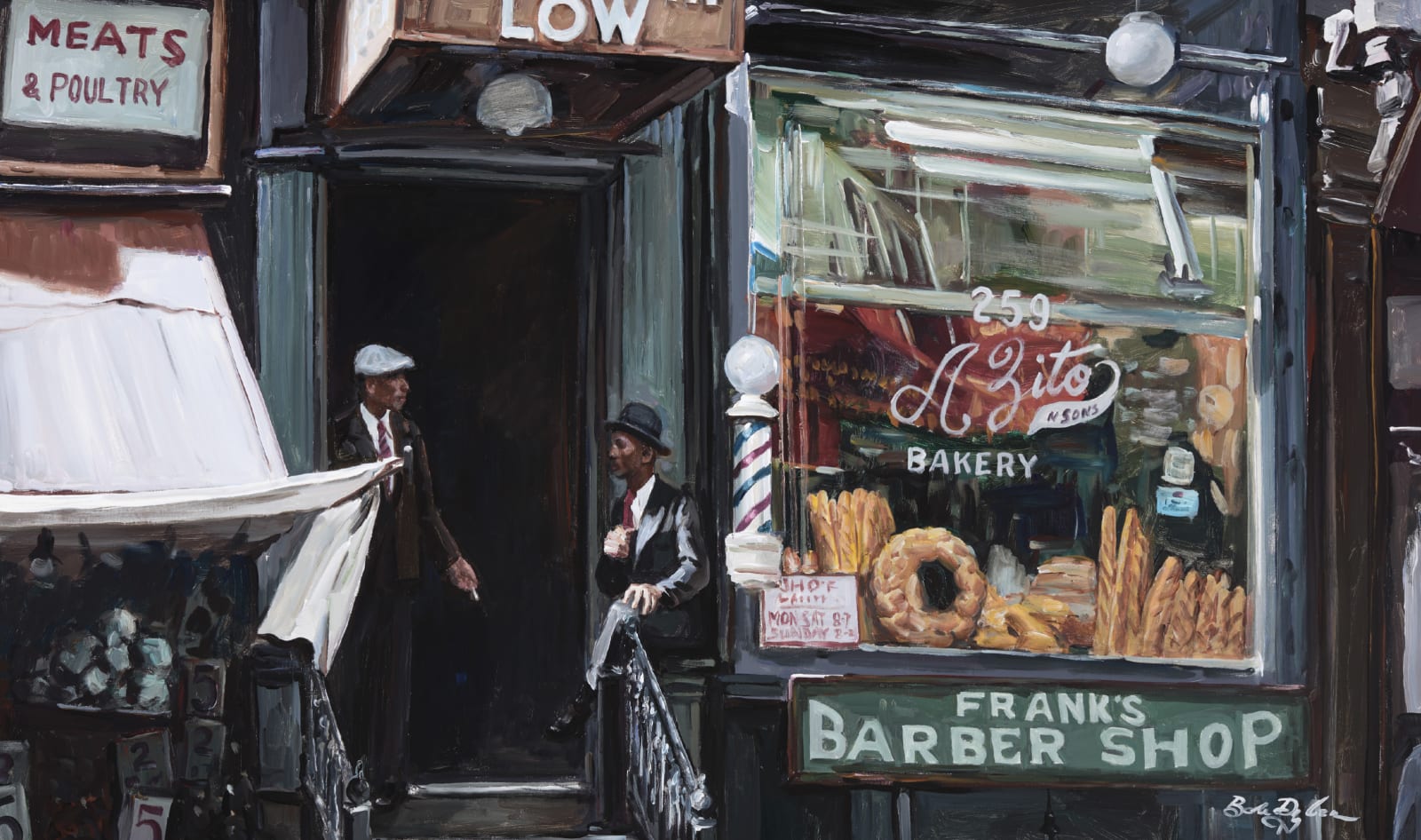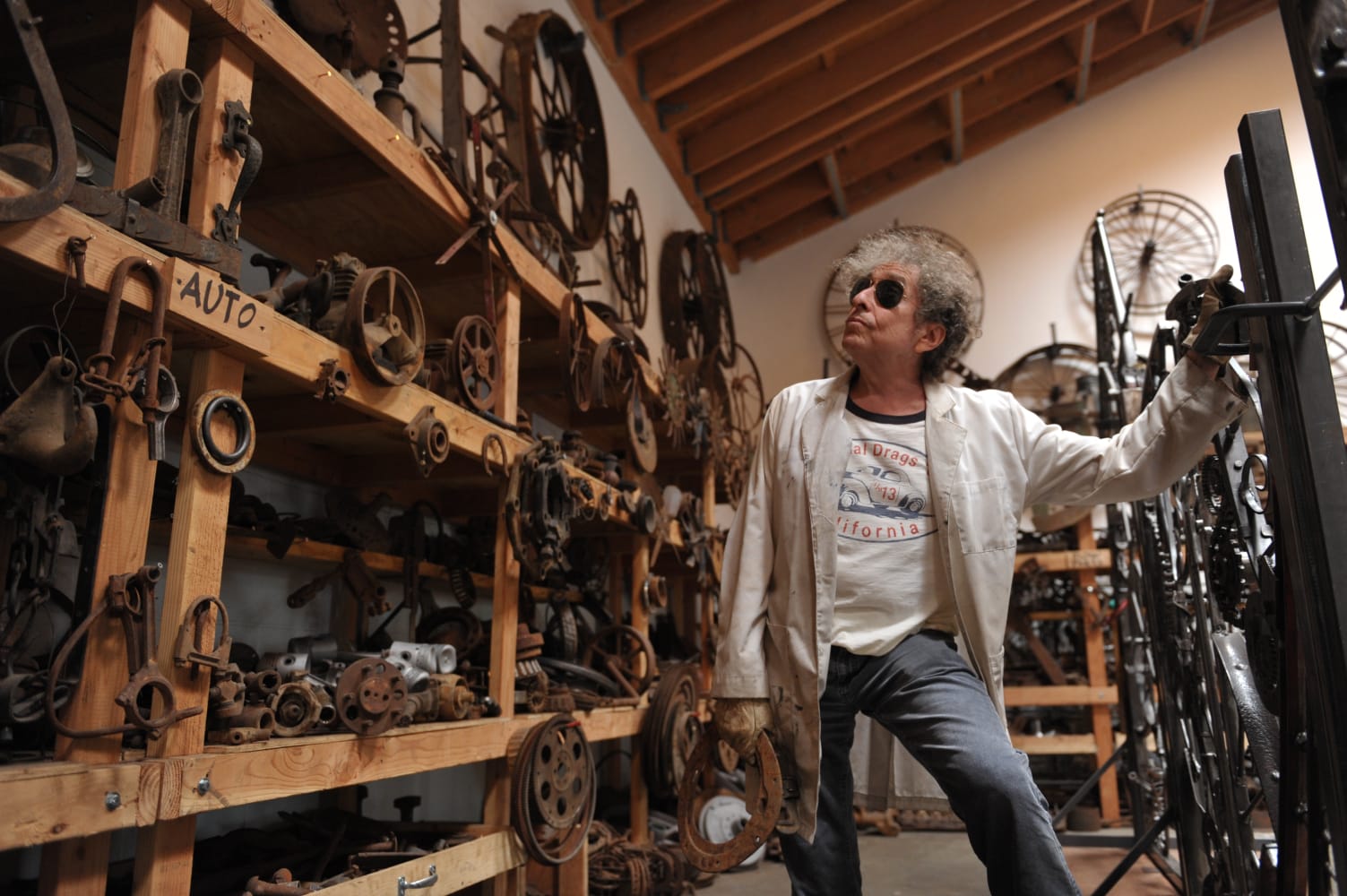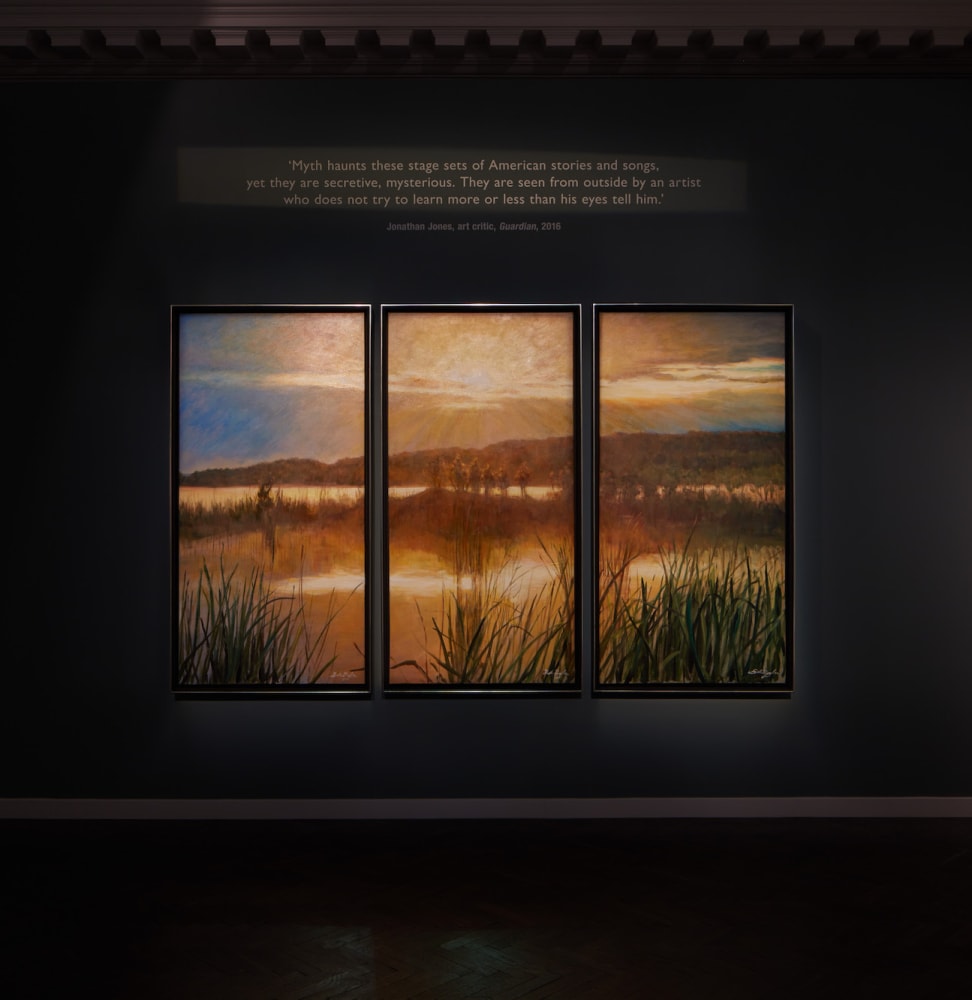

Pedro Paricio and David Hockney
Pedro Paricio and David Hockney
A Californian Journey
/
David Hockney and Pedro Paricio are two artists who explore how the individual can be transformed by journeys, as well as being shaped by the legacy of painters inspired by monumental landscapes. Hockney’s migration to Los Angeles as a young artist in 1964 informed his subsequent artistic practice, with sprawling vistas and vibrant swathes of colour characterising his oeuvre. Previously inspired by Hockney’s still lifes of tulips, Paricio’s most recent works focus on his iconic landscapes of Southern California, inviting us to view them afresh.
If you are interested in adding to your collection, speak to one of our art consultants now - email us at info@halcyongallery.com
‘Technology always has contributed to art. The brush itself is a piece of technology, isn’t it?’
David Hockney






